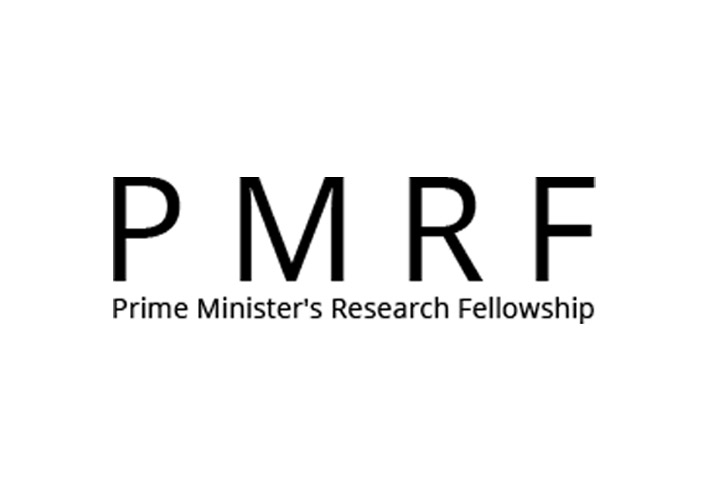Chemical Biology Laboratory
Chemical Biology by definition known as a scientific discipline across the fields of chemistry and biology that includes application of chemical techniques, tools and synthetic compounds for the study and manipulation of biological systems. Chemical Biology research theme has been originated in the 1990s.
Since then Chemical Biology area has been evolved through key discoveries (mammalian RNAi, kinase inhibitors, ribosome structure, activity-based probes, genetic code reprogramming, imatinib becomes a drug, automated carbohydrate synthesis, in situ click chemistry, design of a novel protein fold, origins of amyloidogenesis, personalized medicine, chemical regulators of stem cells, GTP analogues for controlling microtubule dynamics, chemical platforms for understanding microtubule organization and dynamics, chemical regulator for controlling microtubule dynamics etc.) across the multiple disciplines and considered as “molten state” that gradually transformed into the steep trajectory towards a stable but dynamic form of research field. In the last three decades there have been extraordinary development in our understanding of highly complex biological systems through disruptive technological interventions and multidisciplinary efforts.
Faculty Members associated with the lab

Surajit Ghosh
ProfessorGroups under this theme
1. Chemical Microtubule Biology Group |
This laboratory focussing on multidisciplinary research problems mostly targeting microtubule and allied key intracellular targets. Microtubule has been an attractive molecular target to understand fundamental biochemistry and for the development of anticancer drugs, given its importance as a key cytoskeleton filament and its crucial role in many biochemical processes. Notably, microtubules as a target for the development of neuro-therapeutics is relatively unexplored. This laboratory focuses on finer role of microtubule in neurodegeneration and cancer, and possible intervention through carefully chosen routes. Microtubules perform large number of functions in neurons such as cargo transport, neuronal migration, maintaining polarized structures, to name a few. Microtubule stability is not only critical for neuronal polarization process fundamental to their development and plasticity, but has a role in the development of neurodegenerative diseases. For example, in Alzheimer’s disease, microtubule lattice is disrupted due to microtubule-associated tau hyperphosphorylation, which causes microtubule destabilization compromising neuronal architecture. This laboratory has studied the importance of microtubule stabilization in neuro-degenerative disorders especially AD by studying the molecular interactions between some novel ligands with the microtubule lattice. These molecular interactions are crucial and hold translational value as the microtubule stabilization conferred by them halts the progression of neurodegenerative diseases and its associated symptoms. In order to study these molecular interactions, laboratory has developed a facile and low-cost neurosphere based organoid model generated from primary cortical and hippocampal neurons. These neurospheres behave like mini brains with a heterogeneous population of cells consisting of glial cells, neurons, neural stem and progenitor cells bearing a closer resemblance to the human brain. Due to a rich population of neural progenitor cells (NPCs) and neural stem cells (NSCs), along with AD model or other neurodegenerative disease models, they could be also used to study neural development and differentiation. Moreover, this laboratory has also developed a blood brain barrier (BBB) permeability model in order to study the BBB permeability of the potent ligands that shows interaction with the neuronal microtubules. (ACS Chem. Neurosci. 2015, 2018, 2019, 2020; etc). Transfection or gene delivery in eukaryotic cells is one of the key tools in biological sciences and though lipofectamine have been traditionally used for this purpose, low transfection efficiency and poor reproducibility have turned scientists to look for more efficient non-viral transfection agents. A peptide Pep1 during its Phase III clinical trial was found to cause amyloidogenicity in brain. This laboratory extracted a non-amyloidogenic short tetra-peptide sequence from this Pep1 and studied its cellular entry and nuclear localization properties. This sequence not only had excellent nuclear localization with an inept ability to interact with the major groove of DNA, it also raised a fundamentally important question regarding the role of spatial position of tryptophan in regulating cell entry. This laboratory successfully report a new breed as future transfection agents for gene delivery (J Am Chem Soc. 2018; ChemComm 2018, 2019). Due to the limited regenerative properties of the brain, repairing TBI patients is an immediate challenge. Thus, this laboratory has tried to understand this repair mechanism by exogenously applying a biocompatible neuro-protective hydrogel on the injury region in the brain of the injured mice generated through cryogenic injury model (CIM). In 7 days, the hydrogels reported a total recovery of the injury, with the injury being hardly visible in the cresyl violet stained brain slices and has lower activation of microglia (iba1), an important injury marker. (ACS Chem. Neurosci. 2019, 2020; ACS Biomaterials Science and Engineering, 2020). This laboratory has already provided significant insights into the microtubule dynamics of cancer cells through perturbation of the tubulin dynamics using novel molecular ligands. Many of these perturbations by the ligands resulted in efficient anti-cancer activity either through tubulin polymerization or depolymerization in cellular and animal models with emphasis on their detailed mechanistic pathways of action. This exposes the translational power of these ligands and their interactions calling for future clinical advancement in cancer biology (Mol. Pharmaceutics 2019, Langmuir 2018, Adv Healthcare Mater. 2017, ACS Appl Mater Interfaces, 2016, 2017). |














